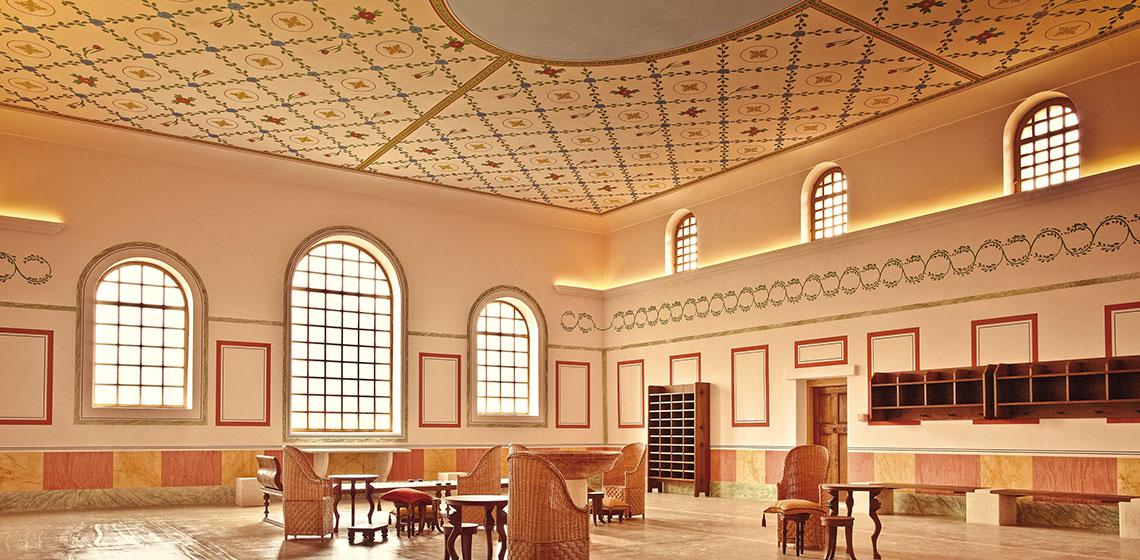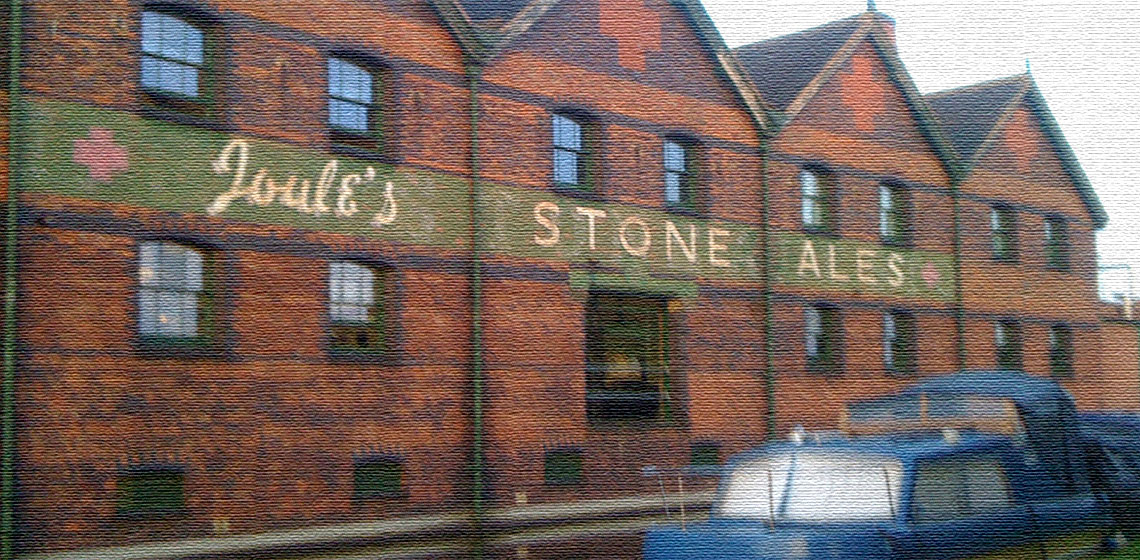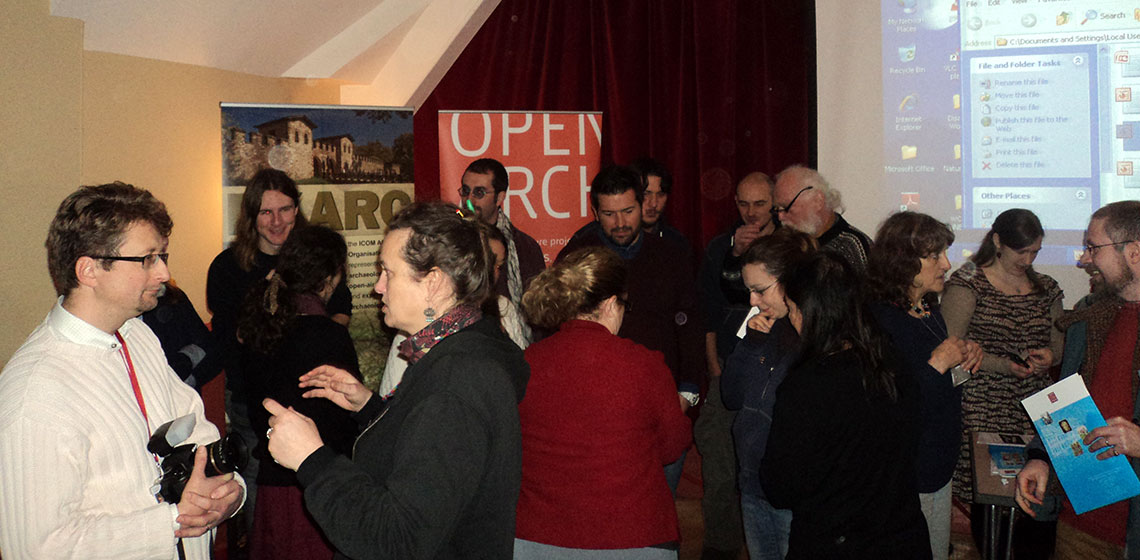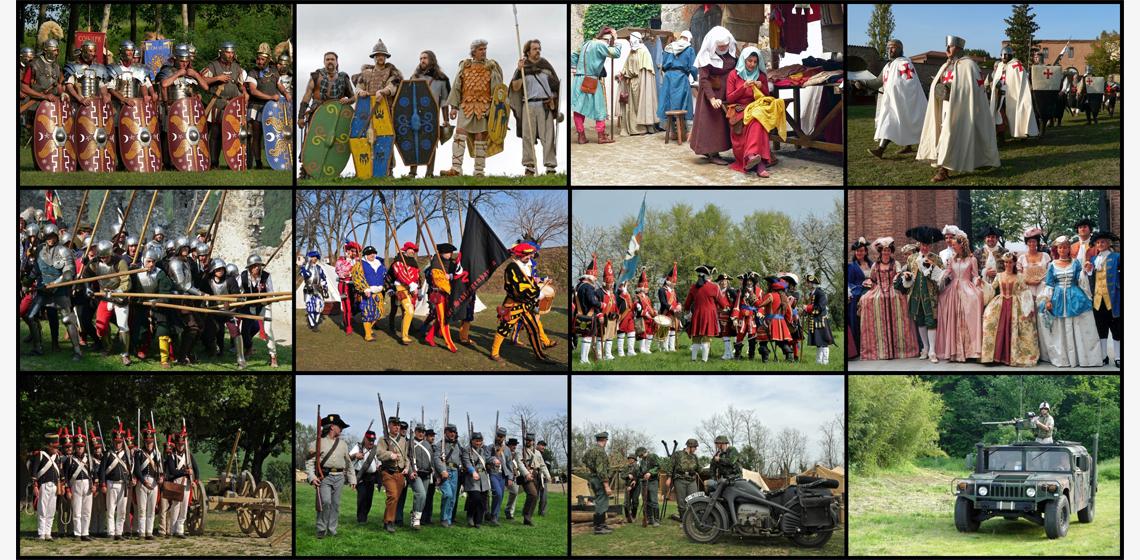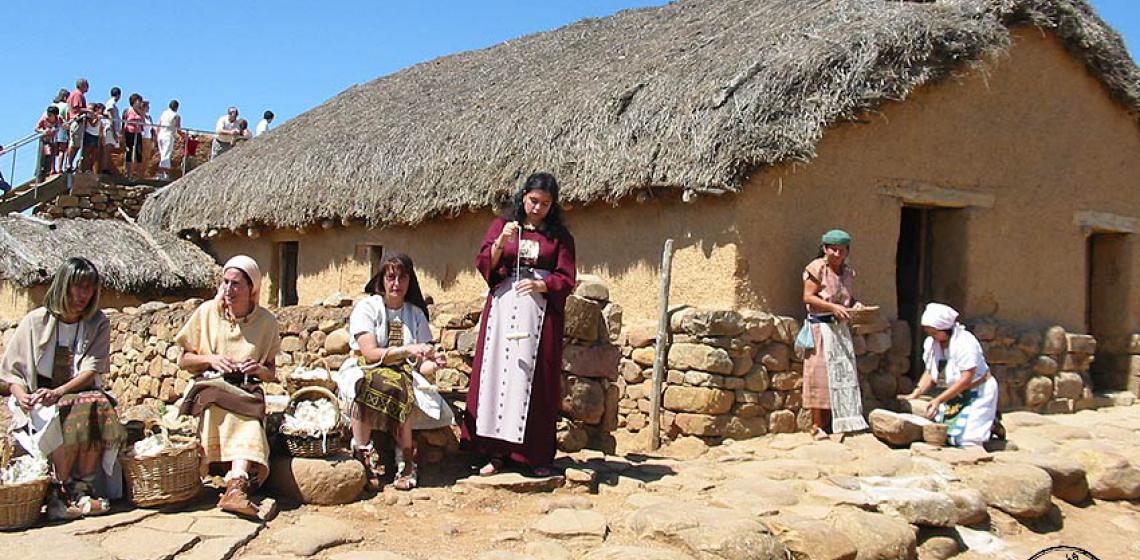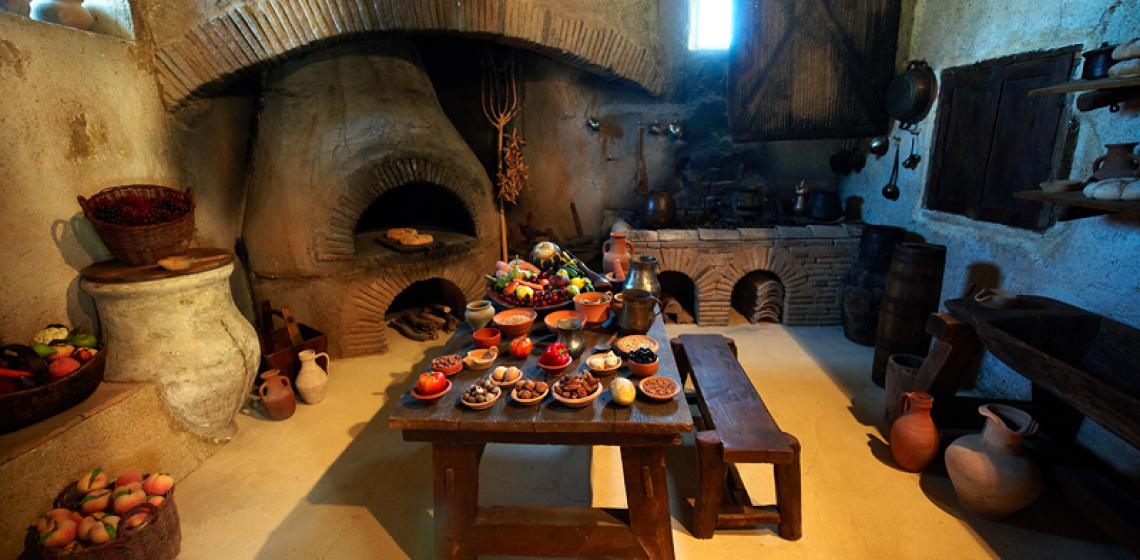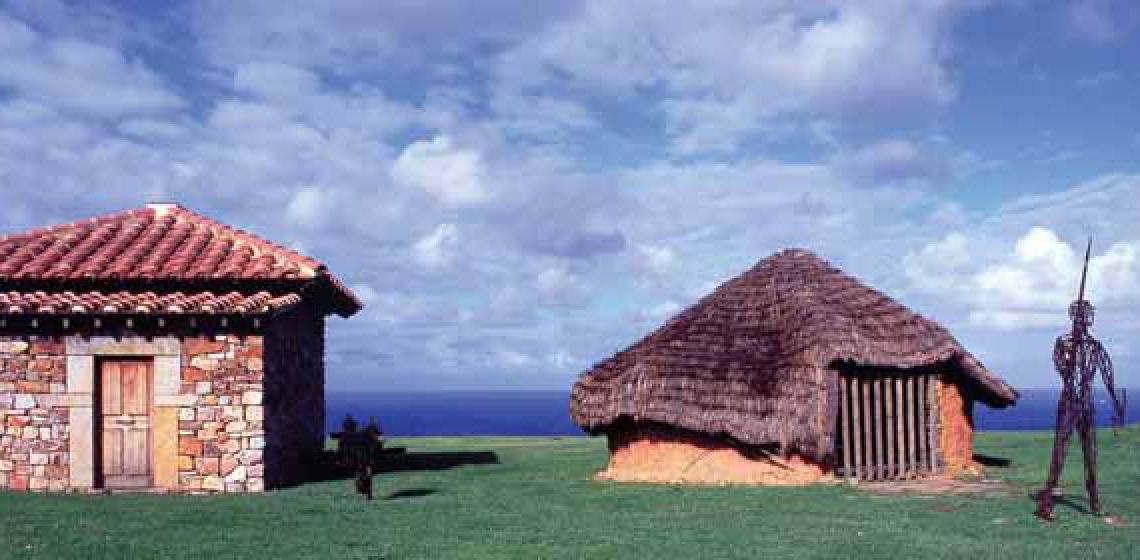Roman City Carnuntum (AT)
In Carnuntum, the time of the Romans is not in the long-ago past, visible only by a few remains of walls, but pervades the present which can be experienced with all one’s senses.
In Carnuntum, the time of the Romans is not in the long-ago past, visible only by a few remains of walls, but pervades the present which can be experienced with all one’s senses...

